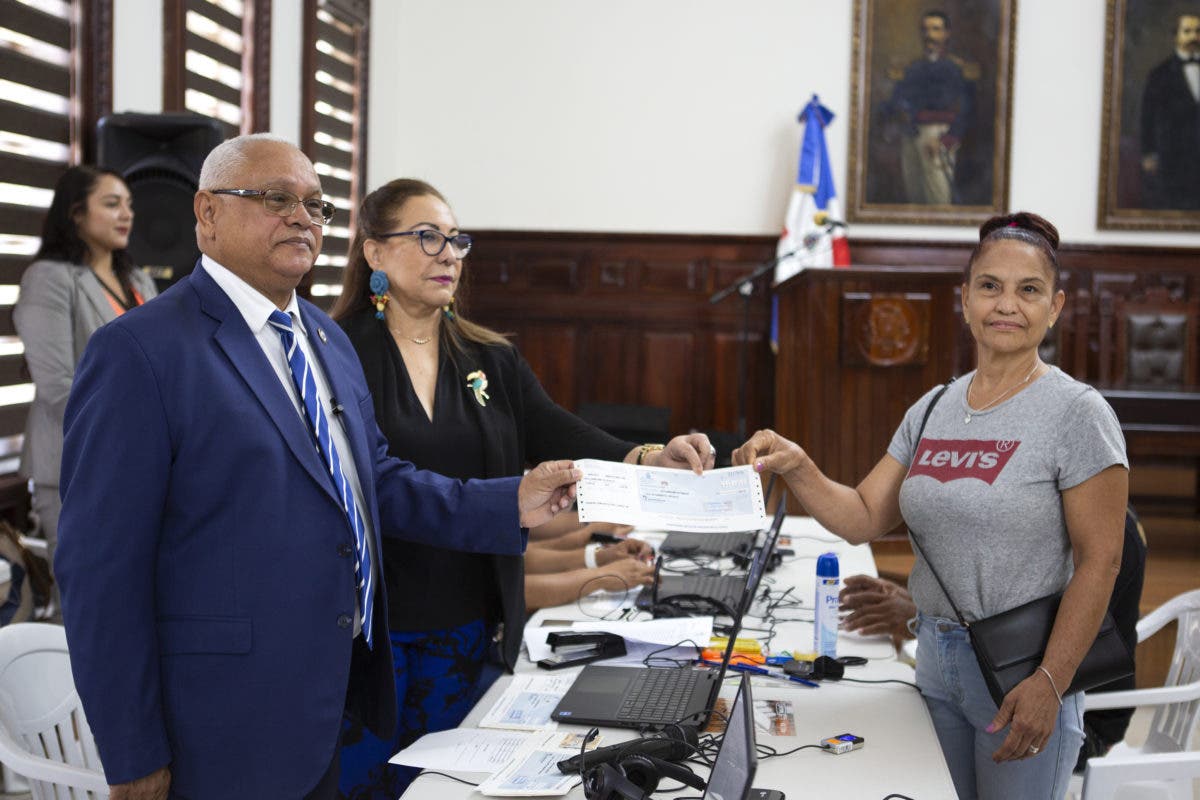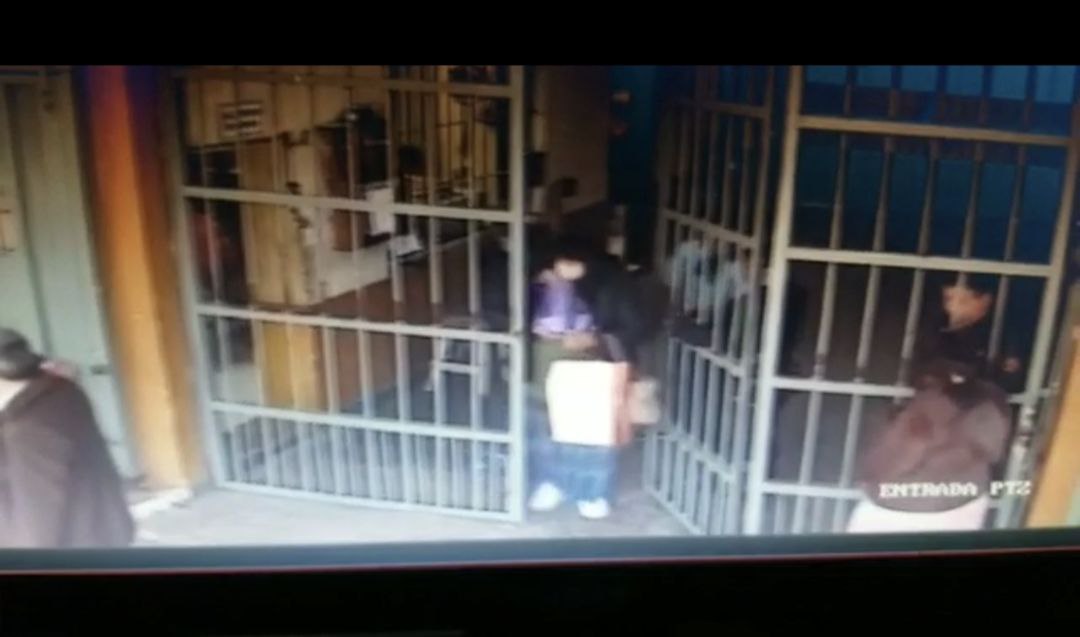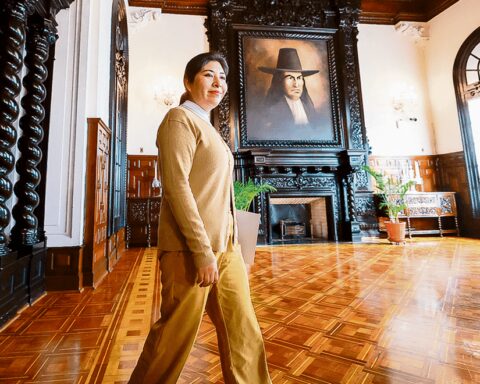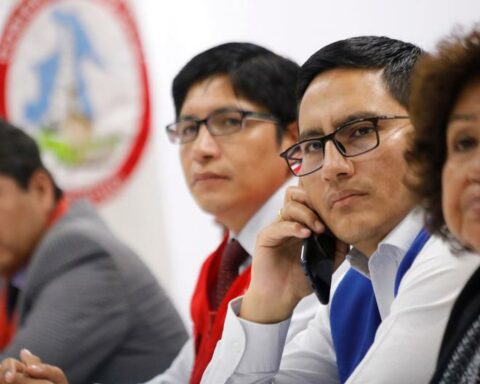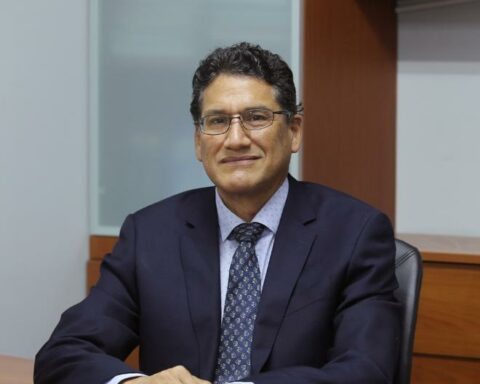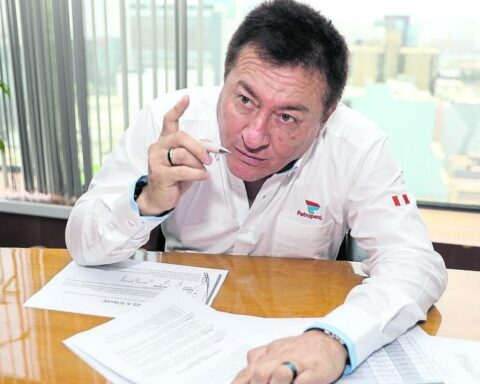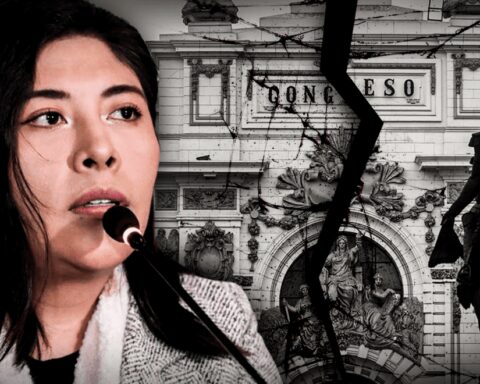The Vice Minister of Public Health, Joel Candia Briceño, informed on Monday about the supply of serological tests to detect the monkeypox strain, as well as vaccines against this disease. Candia also said that he had communicated with the WHO representative in Peru, Carlos Gastón, regarding this issue.
“We are seeing that internationally they are not sending the serological kits […] not all countries have yet, in the course of these days it is already reaching all countries”, mentioned the deputy minister during his attendance at a campaign against tuberculosis.
Regarding vaccines, Candia recalled that smallpox was eradicated worldwide in the 1980s and in Peru in 1978, so there is currently no supply of vaccines.
“No laboratory is producing vaccines, [ya] Vaccines just started to be manufactured by the WHO and other companies”, he referred.
Candia added that today the WHO representative in Peru “It will manifest itself in terms of serological tests, as well as vaccines”.
First suspected case in Peru
The Deputy Minister of Public Health also gave details of the first suspected case of monkeypox presented in the Piura region. This is an adult over 70 years of age who remains isolated in the Intensive Care Unit of the Santa Rosa Hospital. He returned to the country from Machala Ecuador, where he had contact with people from various countries.
The director of the Santa Rosa de Piura Hospital, Raúl Gonzales, also reported that the patient was admitted last Saturday at noon and was treated for severe anemia and blisters on his hands and feet.
“He is in the ICU area because he is a 70-year-old patient who has been in Ecuador and arrives with severe anemia. He is diabetic and is currently in studies and also under strict monitoring for severe anemia, very low platelets and leukocytes also quite low”, he explained.
Candia pointed out that the health authorities are awaiting the results of the tests that have been sent to Lima. In this regard, the director of the Santa Rosa Hospital said that the samples had been sent from Lima to the United States.
Treatment and vaccines, according to the WHO
In its Epidemiological Alert for Monkeypox in non-endemic countries of last May 20, the WHO indicates that “there are no specific treatments for monkeypox virus infection”. And he claims that his symptoms usually resolve spontaneously.
“It is important to care for the rash by allowing it to dry or covering with a moist dressing to protect the area if necessary. Avoid touching any sores in the mouth or eyes“, Explain.
Regarding the vaccine, The WHO indicates that it has been shown that “smallpox vaccination helps prevent or attenuate monkeypox disease, with 85% efficacy”.
Therefore, it underlines that people vaccinated against smallpox in the past have been shown to have protection against monkeypox.
However, he asks to take into account that vaccination against smallpox ended in 1980, after this disease was declared eradicated.
Therefore, “smallpox vaccines are no longer available on the market”. They indicate that there is a vaccine that was developed for monkeypox (MVA-BN), also known as Imvamune, Imvanex or Jynneos, which has been approved in 2019, which “not yet widely available”.
Finally, the WHO indicates that it is coordinating with the manufacturer to improve access to this vaccine.
“Because monkeypox infection is rare, universal vaccination is not recommended.”, he concludes.
What is monkeypox?
The monkey pox or ‘monkeypox’ has been confirmed in several countries in Europe, in Americaand Latin America, and cases are on the rise.
Regarding the disease, the National Center for Epidemiology, Disease Prevention and Control (CDC Peru), explained that the incubation period is 6 to 16 days, although it can vary between 5 and 21 days.
In addition, he specified that the infection has two periods: the first called the “invasion period”, which lasts between days 0 and 5, and presents symptoms such as fever, severe headache, lymphadenopathy, lumbar pain, myalgia and severe asthenia.
Meanwhile he second period of “rash”, lasts 1-3 days after the onset of fever; that is, when the different phases of the rash appear, which usually affects the face first and then spreads to the rest of the body.
CDC Peru commented that skin lesions can affect the face, palms and soles and other areas, they are of increased consistency, deep, well circumscribed and umbilicated.
How is monkeypox spread?
It is transmitted by contact with skin lesions of an infected person or with contaminated objects with the patient’s fluids. It can also be transmitted through droplets of saliva that are produced when speaking, coughing or sneezing.


